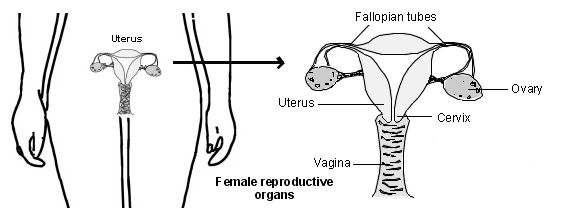Quick Contact
Need Help?
Please Feel Free To Contact Us.
Tel : (0253) 2307951 / 52
Fax : 2307950
E-mail : nalinibagul@hotmail.com
info@bagulhospital.com
Hysteroscopy
Hysteroscopy is a procedure which uses a thin tube-like telescope to see inside the womb (uterus). It can also allow doctors to do some minor operations to the uterus.
What is a hysteroscopy?
Hysteroscopy is a procedure that lets your doctor look inside your womb (uterus). This is done using a narrow tube-like instrument called a hysteroscope. The hysteroscope is very slim (about 3 to 5 millimetres in diameter). It’s carefully passed through the vagina and neck of the womb (cervix) and into your uterus. The hysteroscope has a video camera inside which sends pictures to a computer screen. This allows your doctor to check for any abnormalities in the lining of the uterus.
What is hysteroscopy used for?

A hysteroscopy may be used to try to determine the cause of various problems such as:
- Heavy or irregular bleeding that has not got better with medication.
- Bleeding in between your periods.
- Bleeding after your menopause.
- Irregular bleeding whilst you are taking hormone replacement therapy (HRT).
- Infertility.
- Unexplained miscarriages.
What should I do to prepare for a hysteroscopy?

Your local hospital should give you guidance on what to do before a hysteroscopy. If you are having a hysteroscopy with local anaesthetia, you will not usually need any special preparation.
If you are having a general anaesthetia you will be asked not to eat and drink for a number of hours before the procedure. Your hospital should give you detailed information on this.


What can I expect after a hysteroscopy?

If you have general anaesthetia, you will need to rest until the effects of the anaesthetia have passed. You will need to arrange for someone to drive you home. You should try to have a friend or relative stay with you for the first 24 hours.
If you have a local anaesthetia, you will usually be able to go home after a short rest. You should feel well enough to walk, travel by bus or train – or to drive home, providing you haven’t been given a sedative.
You may experience some period-like cramps and mild bleeding. The bleeding is usually mild and should settle within seven days. To reduce the risk of infection you should use sanitary towels rather than tampons. Take it easy for the first one or two days and take painkillers as needed.
